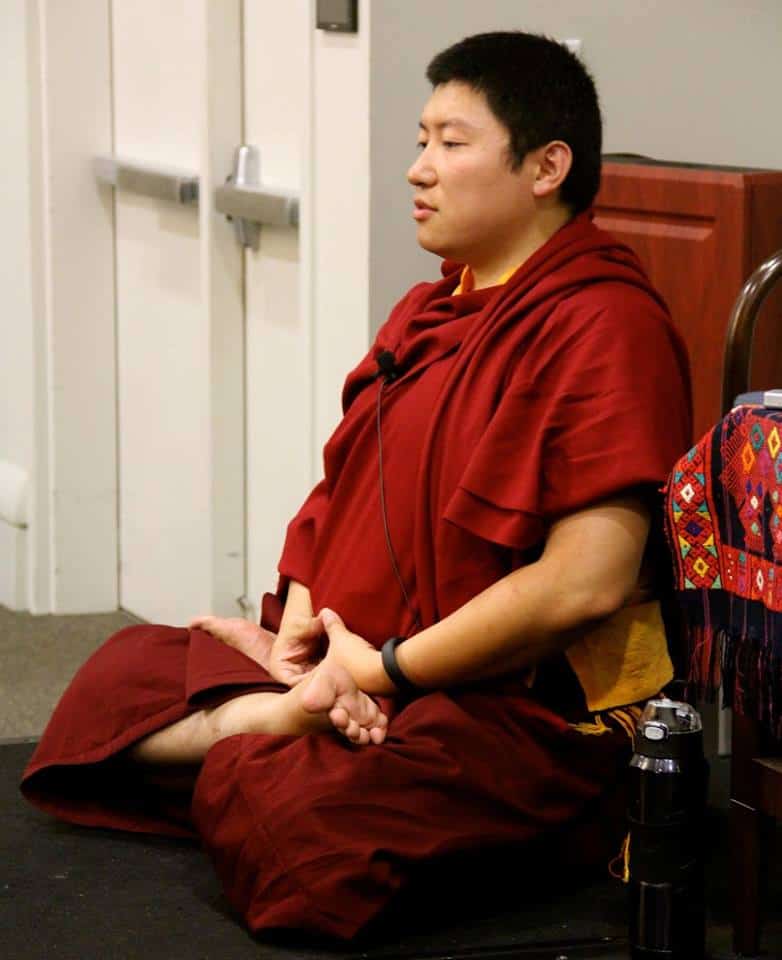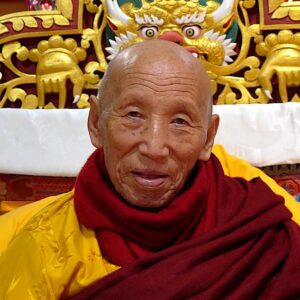Meditation: Not Just Sitting
Meditation certainly includes formal sitting practice, but we can appreciate that there is more to it than that! Here, Phakchok Rinpoche explains that meditation doesn’t just mean sitting on a cushion and watching our breath. Nor does it mean just practicing whatever specific instruction you may have received. Of course, those are important forms of meditation, but meditation can be so much juicier!
Instead, meditation also applies to walking around and to all our other daily activities. Rinpoche reminds us that the Buddha taught us that our behavior and actions can be perfect. That is why he asks us to remember how we smile, speak, act, and behave. Our daily activities can become part of our practice. When we perform good or kind actions they can become a part of meditation. After we get up from the cushions, we don’t need to think that that we have finished meditating. It is not that simple!
Meditation is the whole picture. It encompasses all of our daily life. As we wake up and as we go to sleep, we can practice. And when we sit or when we act, we also practice.
What is Meditation?
On a very basic level, meditation helps focus our minds in order to develop a gentle calmness. And we come to understand that only we can handle our own minds. A teacher can help by explaining how to do this. Rinpoche, or any good teacher, can teach us how to meditate. But honestly, we each have to work with our own minds. That’s why we first learn how to meditate and then we can see how to improve ourselves.
Goldsmith Checking Gold
Buddha Śākyamuni was very kind when he taught. He said that people should not believe right away what he said. Instead, he encouraged examination. He urged people to reflect on the teachings. He reminded students and listeners to question and see if the teachings make sense. Are the teachings useful or meaningful? If so, then he asked the listeners to please practice. But if you don’t find the instructions meaningful, then don’t practice. Why should we bother?
The Buddha used the analogy of a goldsmith checking the quality of gold. First, the expert wants to know if it is real gold. The smith may weigh, measure, or analyze using all of his or her skills. Likewise, we are encouraged to examine the teachings. Are they real and meaningful or not? Do the teachings make sense?
So, when you listen to a teacher, don’t be afraid to ask questions. It is also vital, however, to actually test the teachings. Just as the goldsmith conducts his tests, we check instructions out through practice. By practicing, we can intelligently determine if the teachings produce results. Do we feel calmer and gentler if we meditate? Well, we can only say that with authority if we try!











Responses